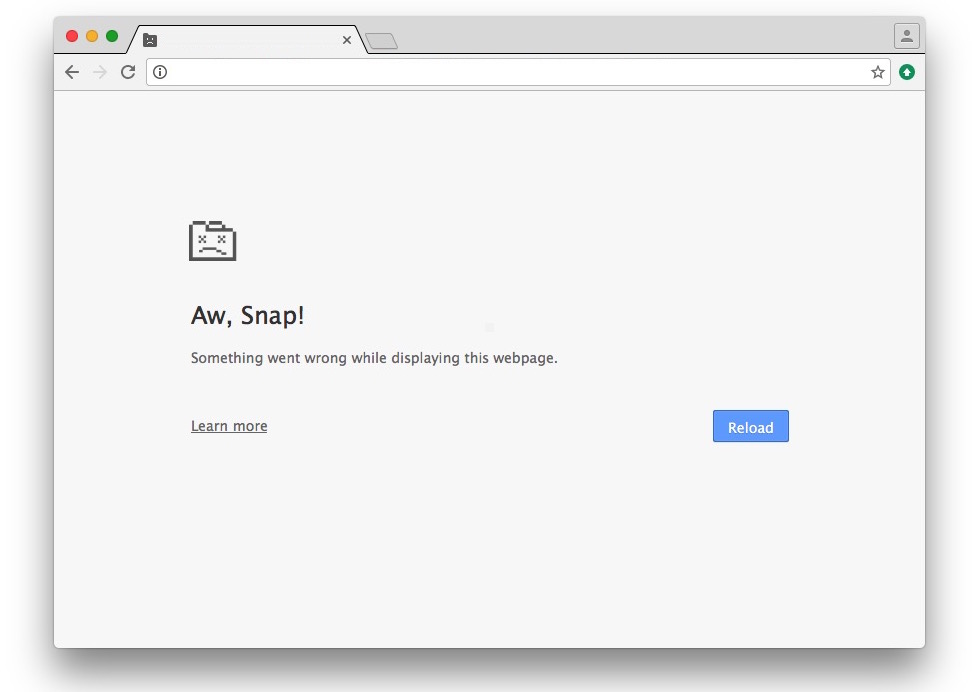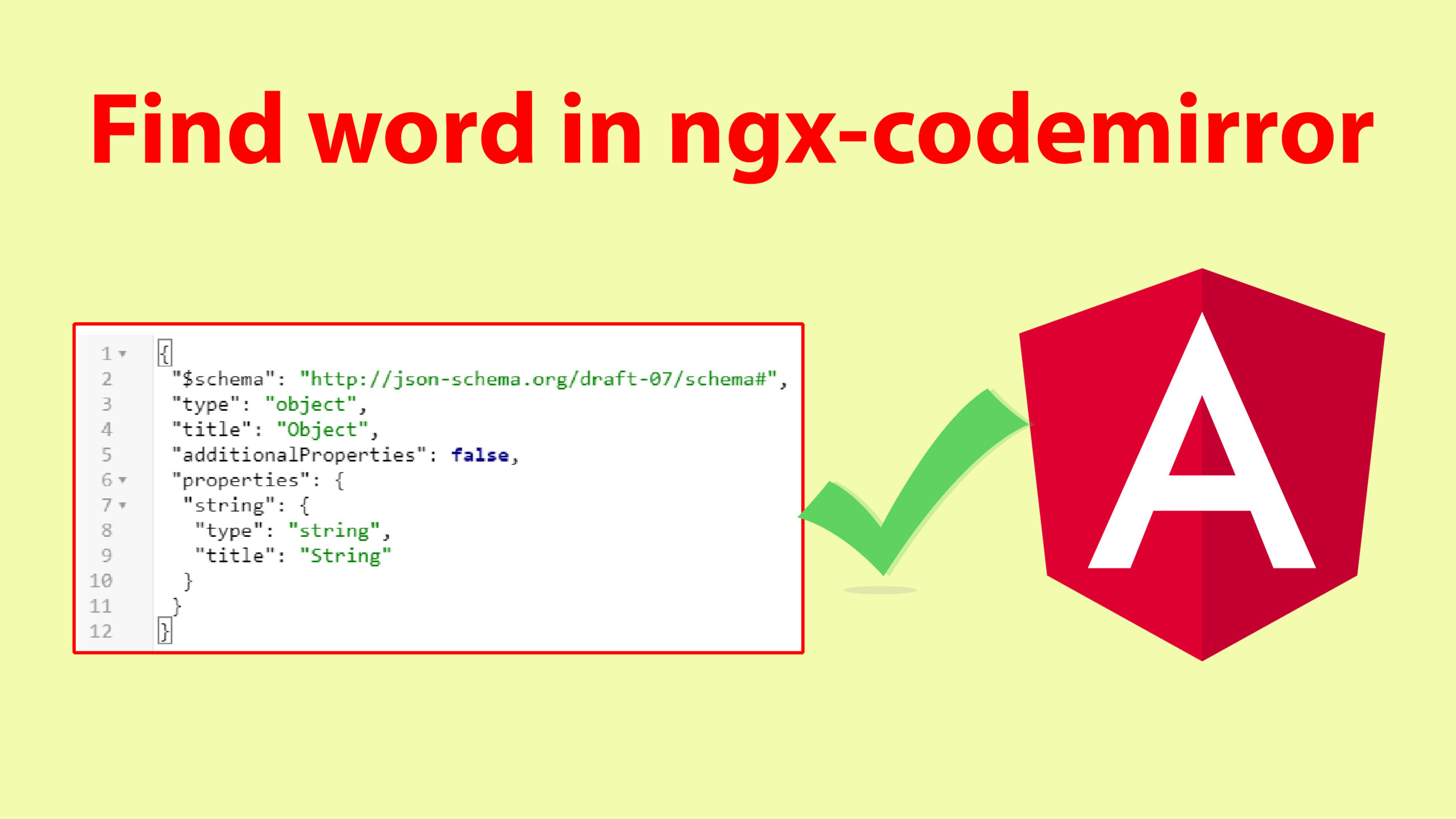
Solved Assignment of Ignou
Course Code : BCS-052
Course Title : Network Programming and Administration
Assignment Number : BCA(V)052/Assignment/2023-24
Maximum Marks : 100
Weightage : 25%
Last Date of Submission : 31st October, 2023 (For July, Session)
30th April, 2024 (For January, Session)
BCS-052 Solved Assignment 2024 Free
There are four questions in this assignment. Each question is of 20 marks. Answer all the
questions. 20 marks are for viva voce. You may use illustrations and diagrams to enhance
the explanations. Please go through the guidelines regarding assignments given in the
Programme Guide for the format of presentation.
Q1. If a binary signal is sent over a 3-kHz channel whose signal-to-noise ratio is 30 dB, what is the
maximum achievable data rate.
Answer:
To calculate the maximum achievable data rate for a binary signal sent over a 3-kHz channel with a signal-to-noise ratio of 30 dB, we can use Shannon’s theorem.
First, we need to convert the signal-to-noise ratio from dB to a linear scale. The formula to convert dB to a linear scale is:
S/N (linear) = 10^(S/N (dB)/10)
where S/N (dB) is the signal-to-noise ratio in decibels and S/N (linear) is the signal-to-noise ratio in a linear scale.
So, for a signal-to-noise ratio of 30 dB, the S/N (linear) is:
S/N (linear) = 10^(30/10) = 1000
Next, we can use Shannon’s theorem to calculate the maximum achievable data rate. The formula for Shannon’s theorem is:
C = B log2(1 + S/N)
where C is the maximum achievable data rate, B is the bandwidth of the channel, and S/N is the signal-to-noise ratio in a linear scale.
So, for a 3-kHz channel with a signal-to-noise ratio of 30 dB, the maximum achievable data rate is:
C = 3000 log2(1 + 1000) = 3000 * 10.0003 = 30,000.09 bits per second (bps)
Therefore, the maximum achievable data rate is approximately 30,000 bps.
Q2. Imagine that a two-way handshake rather than a three-way handshake were used to set up
connections. In other words, the third message was not required. Are deadlocks now possible?
Give an example or show that none exist.
Answer:
Yes, deadlocks are possible if a two-way handshake is used instead of a three-way handshake to set up connections. Here’s an example to illustrate this:
Suppose two hosts, A and B, want to establish a connection using a two-way handshake. Host A sends a connection request to host B, and host B acknowledges the request. However, due to some reason, the acknowledgment from host B is lost. In this situation, host A will think that the connection has been established successfully, while host B will be waiting for a connection request from host A. As a result, both hosts will be waiting for each other, leading to a deadlock.
In contrast, with a three-way handshake, even if the acknowledgment from host B is lost, host A will not consider the connection as established until it receives the acknowledgment. Therefore, the possibility of deadlock is eliminated.
In summary, using a two-way handshake instead of a three-way handshake can lead to deadlocks, as there is no guarantee that both hosts have received and acknowledged each other’s requests.
Q3. What is User Security Management? How does it differ from Disk Security Management?
Answer:
User Security Management and Disk Security Management are two different aspects of network security that are used to protect the network and its resources.
User Security Management refers to the process of managing user access to network resources. This includes creating and managing user accounts, setting up permissions and access controls, and ensuring that only authorized users have access to sensitive data and resources. User Security Management also involves monitoring user activity and detecting any unauthorized access attempts.
On the other hand, Disk Security Management refers to the process of protecting the physical and logical storage devices in a network. This includes encrypting data at rest, implementing access controls for storage devices, and monitoring for any unauthorized access or data breaches. Disk Security Management also involves ensuring that the storage devices are properly maintained and updated to protect against any vulnerabilities.
The main difference between User Security Management and Disk Security Management is the focus of each approach. User Security Management focuses on managing user access to network resources, while Disk Security Management focuses on protecting the physical and logical storage devices in a network.
Both User Security Management and Disk Security Management are important components of network security and should be implemented together to ensure the overall security of the network. By managing user access and protecting storage devices, organizations can reduce the risk of data breaches, unauthorized access, and other security threats.
Q4. Explain TCP and UDP architectures
TCP (Transmission Control Protocol) and UDP (User Datagram Protocol) are two of the most commonly used transport protocols in network programming and administration. They are responsible for delivering data between applications running on different devices in a network.
TCP Architecture: TCP is a connection-oriented protocol, which means that it establishes a reliable connection between two devices before transmitting data. The connection is established using a three-way handshake, where the client sends a SYN (synchronize) message to the server, the server responds with a SYN-ACK (synchronize-acknowledge) message, and the client sends an ACK (acknowledge) message to complete the handshake.
Answer:
Once the connection is established, data is transmitted in the form of streams of bytes. TCP ensures that data is delivered reliably by dividing the data into segments, numbering each segment, and acknowledging each segment received. If a segment is lost or corrupted, TCP will retransmit the segment until it is received correctly.
UDP Architecture: UDP is a connectionless protocol, which means that it does not establish a connection before transmitting data. Instead, it sends data in the form of datagrams, which are self-contained packets of data that include the source and destination ports, as well as the data itself.
UDP does not provide any reliability guarantees, which means that it does not guarantee that data will be delivered or that it will be delivered in the correct order. If a datagram is lost or corrupted, UDP will not retransmit it.
Advantages and Disadvantages: TCP is more reliable than UDP because it ensures that data is delivered reliably and in the correct order. However, this reliability comes at a cost, as TCP requires more overhead than UDP. TCP requires a three-way handshake to establish a connection, and it requires acknowledgments for each segment of data transmitted. This overhead can lead to slower transmission speeds and higher latency.
UDP, on the other hand, is faster and more efficient than TCP because it does not require any overhead for establishing a connection or acknowledging data. This makes it ideal for applications that require low latency and high throughput, such as online gaming, video streaming, and VoIP.
In summary, TCP and UDP are two different transport protocols that are used for different purposes. TCP is a connection-oriented protocol that provides reliability guarantees, while UDP is a connectionless protocol that does not provide any reliability guarantees. The choice between TCP and UDP depends on the specific requirements of the application and the network.







Leave a Reply